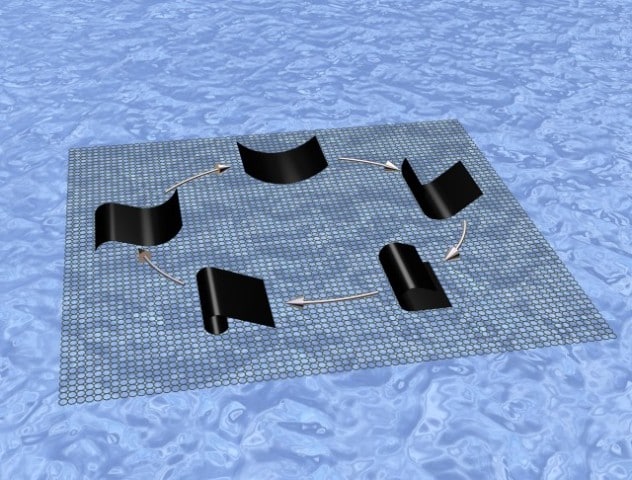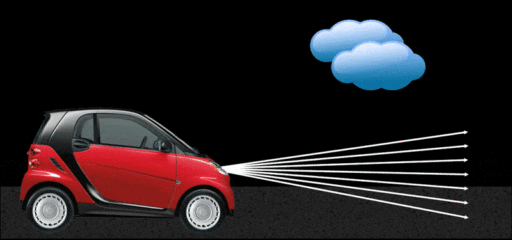If salt can generate electricity, then why not “water vapor?” Yes, my friend, you heard me right. Some MIT engineers are claiming they have created a polymer film that changes its shape after absorbing tiny amounts of evaporated water, and later can generate electricity using those water vapor.
One day, chemist Mingming Ma, a scientist at the David H. Koch Institute for Integrative Cancer Research was working to make a plastic-like material for electrodes while he noticed that his plastic was behaving strangely. He put a piece of plastic on his palm and found that the plastic was curling up on itself and creep along his palm. While investigating such unusual behavior of that plastic, Ma came to know that the moisture from his skin drove the plastic to do such behavior. This clicked Ma to create moisture-powered polymer. Ma started doing further work with some of his colleagues in chemical engineer Robert Langer’s laboratory at MIT.
After further research, Ma made small pieces of polymer film that could continually curl, creep and leap when placed on a surface that’s moister than the air. The film is made using an interlocking network of two polymers – a hard but flexible layer matrix to provide structural support and a soft gel that can absorb water (in other words, expands when it comes in contact with moisture). Together, these polymers create a material that converts water vapor to energy without the use of external energy source. When the wet surface of the polymer layer is exposed to air, the bottom layer starts to curl, releases the moisture and starts to produce electricity when they’re bent or otherwise stressed. The system can generate about 5.6 nanowatts of power, which can be stored in capacitors to power small electronic devices such as temperature or humidity sensors. See the video below and you will understand better.
According to MIT News, the polymer can be used as an actuator to control robotic limbs, or act as a generator when paired with a piezoelectric material that converts mechanical stress into electricity. Besides, the energy created by the film can be used to power small sensors or nano-electronics without the need for batteries. Added to these, the material can also be used to generate electricity on a larger scale, by harvesting energy from the environment – for example, while placed above a lake or river. It could be attached to clothing, allowing the delightful prospect of using sweat to power physiological monitoring sensors.
At present, the researchers plan to investigate more on this matter as well as other applications for their film, in the coming months. The details of Ma and his colleagues’ work which has been published in the journal Science on January 10.
Source: MIT
Thanks To: ARS Technica, Inhabitat
[ttjad keyword=”best-selling-gadget”]




